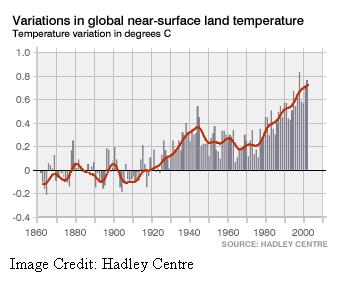l Issues in Nuclear Power Development
Ø Environmental Impact
The nuclear power station operates a purification process for the reactor cooling system to take radioactive substance continuously out of the reactor coolant so as to prevent its level of radioactivity from increasing. The purification process will remove most of the radioactivity for separate storage as nuclear waste but the process will release a very small proportion of the radioactivity as liquid effluent and gaseous discharge into the environment.
While the amount of release is small, it is nevertheless necessary to monitor its impact on the environment. It is a standard international practice for both the station operator and the national regulator to monitor continuously for any long term changes of radioactivity in the environment around a nuclear power station, to ensure that any change remains insignificant.
Ø Used Nuclear Fuel and Nuclear Waste Management
Nuclear fission in the nuclear reactor will convert the nuclear fuel material into fission products and slowly reduces the amount of fissile material in the nuclear fuel. The nuclear fuel becomes used when its concentration of fissile material is no longer high enough to maintain the fission process in the nuclear reactor.
The used nuclear fuel will be taken out of the nuclear reactor and it is highly radioactive, and after a period of storage in the nuclear power station to allow its radioactivity to reduce sufficiently for easy handling, can be disposed of as a waste. An alternative is to carry out chemical treatment to take out the remaining fissile and fissionable material in the used fuel and put away the small amount of residual waste material (at typically 3-5%) and which is highly radioactive. In either case, the highly radioactive nuclear waste will need long-term storage so that it will not affect the environment.
Other nuclear waste is produced when purifying the reactor cooling system and maintaining the nuclear power station. The waste is less radioactive but it will also need long-term isolation from the environment.
On the basis of a unit of electricity produced, the waste that comes from nuclear power generation is only a small fraction of the waste from coal or gas fired power generation, and is comparable in quantity to that from renewable energies.
Ø Nuclear Power Station Decommissioning
A nuclear power station operates typically for 30-60 years. The lifespan is generally determined by the life of certain key components close to the reactor and sustaining a slow change in mechanical properties because of radiation.
At the end of its life, a nuclear power station will be decommissioned in a long process by first taking away the nuclear fuel from the power station and dismantling station building and structure not classified as radioactive. The reactor building and other structure that are affected by radiation will be segregated until their radiation has become low enough for them to be dismantled conveniently. The site will then return to general use.
Nuclear power stations that were built in the 1950’s have been decommissioned or are being decommissioned. They show that nuclear power station decommissioning can be done without too many practical difficulties.
Ø Nuclear Power Economics
In general, a nuclear power station has a high construction cost and a low running cost when compared to a power station burning coal or gas. It is therefore advantageous to operate a nuclear power station at its full capacity because it will have relatively little additional cost. It is also less sensitive to uncertainties to future cost factors such as market fluctuation and inflation so it offers a more predictable and stable cost for the future.
In many countries, the operators of nuclear power stations have included the costs of handling nuclear waste and decommissioning in the price of nuclear electricity, so that money is available to finance future nuclear liabilities such as managing nuclear waste and station decommissioning.
While it is difficult to compare costs between countries often because of different national policies and different basis for cost calculations, comparisons available in a country have generally shown that nuclear electricity is competitive with electricity produced with fossil fuels.
Ø Climate Changes
The increase in atmospheric temperature in the last century has generally been attributed to the steady increase in the atmospheric concentration of carbon dioxide as a result of human activities since the Industrial Revolution, particularly the large scale use of fossil fuels.
If left unchecked, the increase in carbon dioxide concentration is expected to have profound effect on world climate changes and on our general well-being.
Nuclear energy is expected to have a prominent role in mitigating the impact since apart from renewable energies, it does not emit any significant amount of carbon dioxide or other greenhouse gases.
